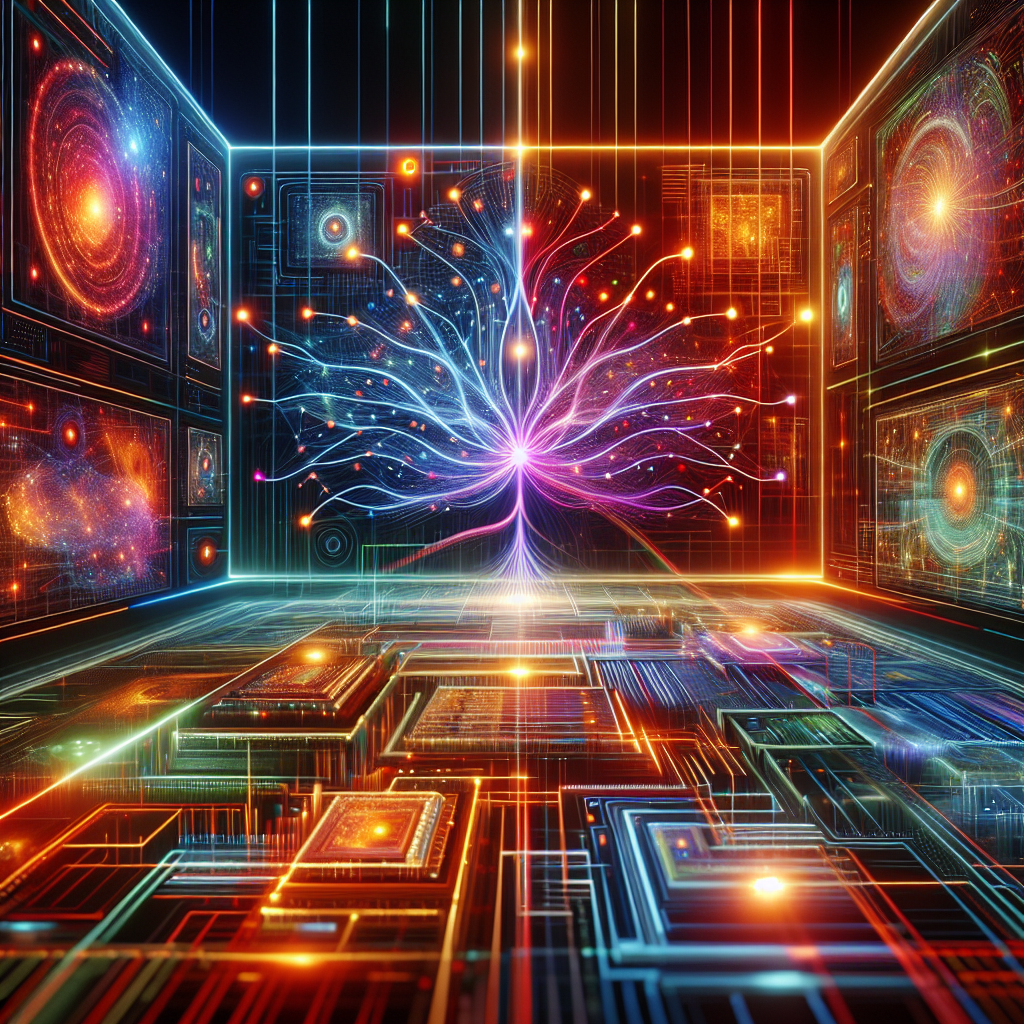Generative Adversarial Networks (GANs) have revolutionized the field of artificial intelligence by enabling machines to generate realistic images, videos, and even text. In the realm of Natural Language Processing (NLP), GANs have shown great promise in text generation tasks, where they can create human-like text that is indistinguishable from human-written content.
One of the key advantages of using GANs for text generation in NLP is their ability to capture the underlying structure and distribution of the text data. Traditional language generation models, such as recurrent neural networks (RNNs) and transformers, often struggle with generating coherent and contextually relevant text. GANs, on the other hand, can learn the complex patterns and relationships within the text data and generate more realistic and diverse outputs.
The basic architecture of a GAN consists of two neural networks – a generator and a discriminator. The generator generates text samples based on a random noise input, while the discriminator evaluates the generated text and distinguishes it from real text data. Through a process of iterative training, the generator learns to produce text that is increasingly indistinguishable from real text, while the discriminator becomes more adept at detecting fake text.
One of the key challenges in training GANs for text generation is the evaluation of generated text. Unlike image generation, where the quality of the output can be easily assessed visually, evaluating text generation requires more sophisticated metrics. Researchers have developed various evaluation metrics, such as BLEU score, perplexity, and human evaluation, to assess the quality of generated text and guide the training process.
Despite these challenges, GANs have been successfully applied to various text generation tasks in NLP, such as machine translation, dialogue generation, and story generation. In machine translation, GANs have been used to generate more fluent and natural-sounding translations by capturing the nuances of different languages. In dialogue generation, GANs have been employed to create engaging and contextually relevant conversations between humans and machines. In story generation, GANs have been used to generate coherent and compelling narratives that mimic human storytelling.
Overall, harnessing the power of GANs for text generation in NLP holds great potential for advancing the field of artificial intelligence and creating more sophisticated language generation models. By leveraging the capabilities of GANs to capture the underlying structure and distribution of text data, researchers can develop more realistic and diverse text generation systems that can mimic human-written content with unprecedented accuracy. As GANs continue to evolve and improve, we can expect to see even more impressive advancements in text generation and other NLP tasks in the near future.
#Harnessing #Power #GANs #Text #Generation #NLP,gan)
to natural language processing (nlp) pdf


Leave a Reply